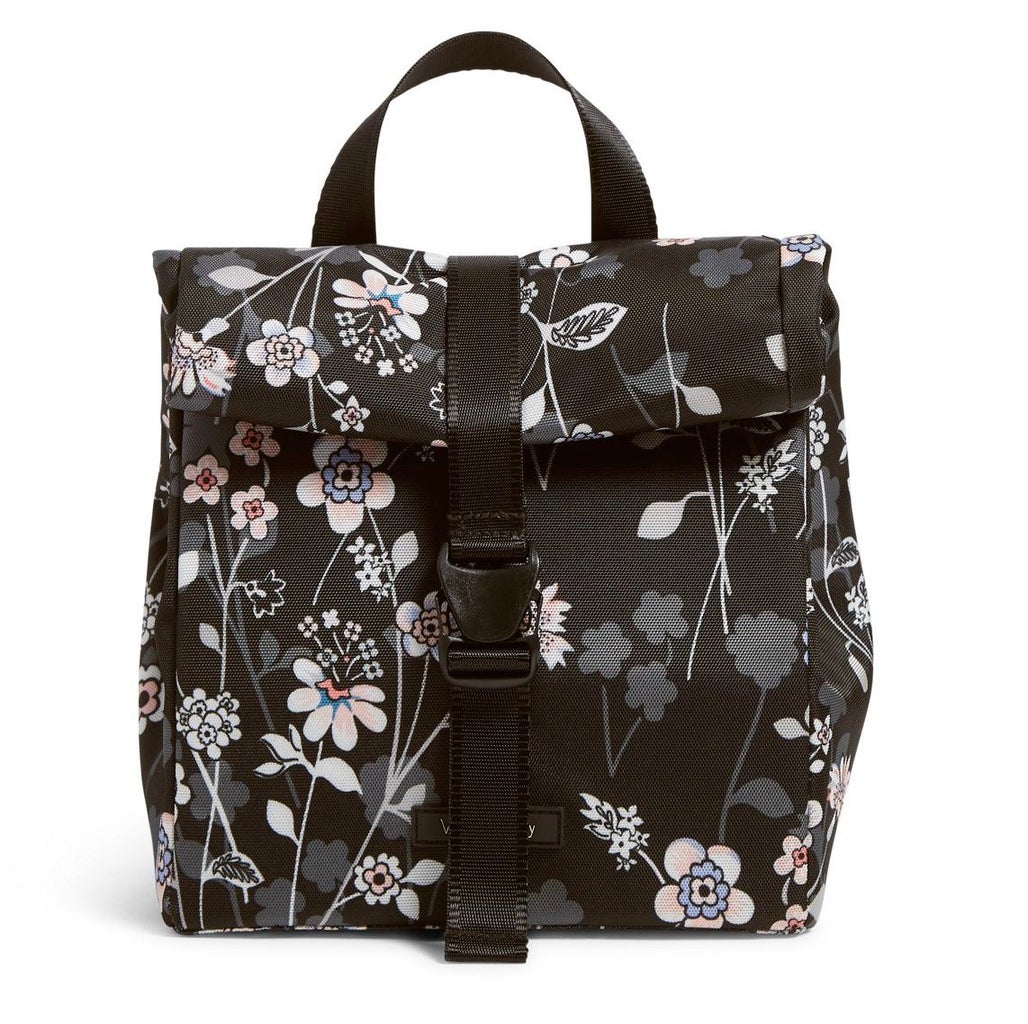If you ever had to stay on campus for the entire day, easily got hungry in the middle of class, or had such a tight schedule that your only free time was the walk to your next class — you may be familiar with the dilemma of having to scarf down some food in your rare free time.
Ordering, paying, and eating food on campus is a perfectly effective solution, but sometimes the lines are too long and the costs add up, especially if you have to buy multiple meals every week or day. As such, sometimes it’s better to bring homemade meals, ready to be made and eaten on the go. Personally, I have found the most success in making easy and convenient foods that can be eaten with one hand — which means most of my foods are variations of rice as the main entree. From making spam musubi to onigiri, to even kimbab, being able to eat on a bench while waiting for my next class has made it less stressful for not only my mind, but my stomach as well. The preparation for spam musubi is painfully simple — slice spam into a height of half an inch, cook it over the pan with a caramelized mixture of soy sauce and sugar, slap it on top of a rice mold, and then wrap seaweed around it. There are numerous ways you can spice things up with a spam musubi, but the basics are solid enough to leave enough room for creative liberty.

While juggling options for meals, the most classic example I could think of was a peanut butter jelly sandwich. But a peanut butter sandwich can be a bit lacking in substantiality, unless you make several of them — but on my quest to find and pack sandwiches with more layers, I discovered that putting mayo in a sandwich (to bring outdoors) is inadvisable. Apparently, mayo left outdoors, or at room temperature, starts to harbor bacteria that can cause food poisoning after just 2 hours — which means that condiments and foods that spoil quickly are off the table. This also means that rice, left out at room temperature for over 2 hours, is also at risk of containing bad bacteria.

Because of this, it is worthwhile to invest in a proper lunch bag with insulated layers as opposed to wrapping your food in ziplock bags or brown paper bags– if you have a proper, insulated lunch bag and an ice pack, your food can withstand the wildly varying temperatures of the outdoors through all seasons without spoiling too fast. Thermos bottles can keep liquids like soups or teas safe and warm, with additional benefits of keeping the smells in — if your food or drinks have a strong scent, it is difficult to keep them contained through paper bags or saran wrap.
However, it is worthwhile to note that room temperature is around 20 degrees Celsius, or around 68 degrees Fahrenheit. I am guilty of wrapping my food in ziplock bags and calling it a day in colder seasons, and generally had little to no issues with food poisoning — so picking your battles is half the fun of packing food on the go. As long as you are aware of the weather, your food container, and your meal, packing food for the outdoors should be nothing to fear.



